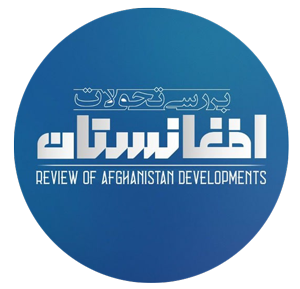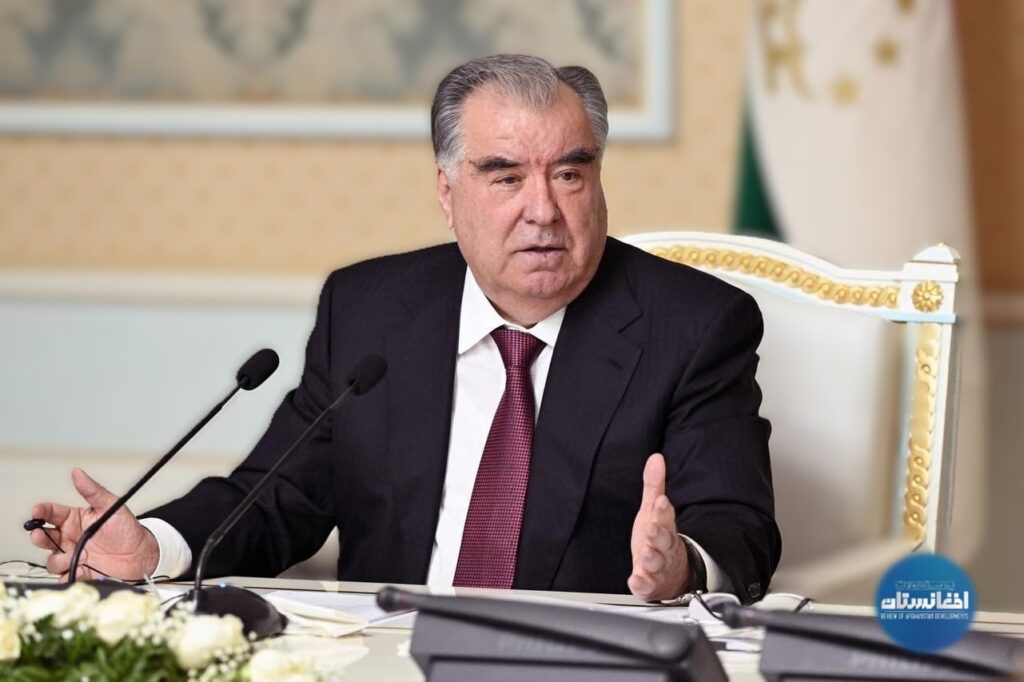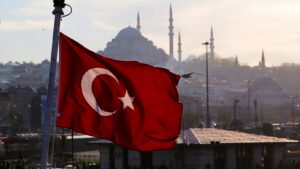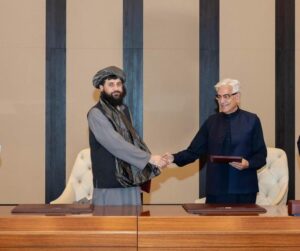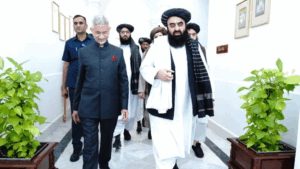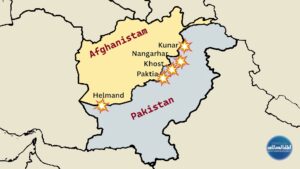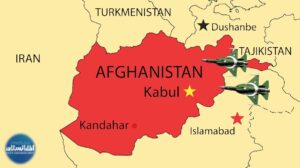Review of Afghanistan developments
Since the Taliban regime assumed power, Tajikistan’s foreign policy towards Kabul has diverged from that of other nations in the region. Beijing, demonstrating its pragmatic boldness, outpaced other countries in forging political and economic ties with the Taliban regime. Meanwhile, Moscow, albeit with a slight delay in its competitive response to Beijing, advanced more significantly along the political and security dimensions, taking a step ahead of China. The four Central Asian nations—Uzbekistan, Kyrgyzstan, Kazakhstan, and Turkmenistan—expanded their engagement with the Taliban regime concurrently with Russia and China, driven by their respective economic and security priorities.
In the interim, Tajikistan was the sole nation to embrace the 1990s strategy by providing refuge to adversaries of the Taliban regime. Dushanbe maintained this political stance for almost three years, lasting until 2024. Nevertheless, as 2025 commenced, significant alterations became evident in Tajikistan’s foreign policy regarding the Taliban government. These shifts are especially prominent in the inclinations of Emomali Rahmon, the President of Tajikistan, who holds the highest office in the country.
Indicators of transformation in Tajikistan’s international relations
There are evident indications of a change in Tajikistan’s foreign policy regarding the Taliban. In recent months, there has been an absence of ongoing hostility or severe remarks in the addresses of Tajik President Emomali Rahmon directed at the Taliban. In the past, Rahmon had condemned the Taliban government in several speeches using strong language; however, over the last year, there has been no reference to such rhetoric.
A significant development in Tajikistan’s foreign policy regarding the Taliban government was observed following the catastrophic earthquake in Afghanistan. In the aftermath of the earthquake in Kunar province, Tajikistan delivered the most substantial humanitarian assistance to Afghanistan. Dushanbe, contributing 3,000 tons of food and relief supplies, emerged as the leading nation in terms of aid volume to the Afghans affected by the earthquake; this action can be understood as part of humanitarian diplomacy and as a gesture of goodwill towards Kabul.
A third indication of a change in Tajikistan’s foreign policy regarding the government is evident in Emomali Rahmon’s recent address to the United Nations General Assembly. The president of Tajikistan urged the global community to extend support to the distressed population of Afghanistan. “We advocate for the establishment of enduring peace, stability, and economic and social progress in Afghanistan,” he stated in part. These viewpoints illustrate Tajikistan’s aspiration to assume a more constructive role in international interactions concerning Afghanistan and signify a reassessment of Tajikistan’s foreign policy towards the Taliban government. This evidence suggests that Dushanbe has adopted a non-confrontational and collaborative stance towards Afghanistan.
Elements affecting Tajikistan’s interactive strategy
1. Influences of Russian and Central Asian politics
Despite the fact that the Central Asian nations have distanced themselves from the former Soviet satellites, the historical ties and mutual dependence between Russia and Central Asia continue to be robust. This relationship and interdependence are so significant that even the strategies of Europe and the United States have failed to infiltrate this political and security framework and disturb its enduring structure. The Central Asian nations primarily advance their interests through collaboration with Russia, while Russia, in its dealings with this region, operates based on shared interests.
As Russia and Central Asian nations deepen their interactions with the Taliban regime, Tajikistan has come to understand that opposing regional policy would be counterproductive. Possibly influenced by this perspective, Tajikistan appears to be adjusting its foreign policy regarding Afghanistan to align with the regional consensus.
2. The role of the Taliban government’s interactive approach
The conduct of the Taliban government regarding its neighboring nations, such as Tajikistan, has significantly influenced Tajikistan’s foreign policy. In spite of various conspiracy theories and regional apprehensions, the Taliban government has not exhibited any animosity towards Dushanbe and has persistently sought to demonstrate its goodwill to regional nations, including Tajikistan. This suggests that the foreign policy of the Taliban government is a crucial factor in shaping the policies of neighboring countries towards Kabul.
3. Insufficient backing from stakeholders regarding Tajikistan’s confrontational approach
During the 1990s, Tajikistan emerged as the central location and host for the adversaries of the Taliban government in Afghanistan. The nations backing the Mujahideen, who opposed the Taliban, endorsed Tajikistan’s foreign policy. Consequently, prior to the US invasion of Afghanistan in 2001, Tajikistan not only served as a crucial hub for supplies and logistics for the fronts opposing the Taliban but also established itself as a significant and influential participant in the political and decision-making arena.
Following the collapse of the republic and the emergence of the Taliban, Dushanbe reverted to the policies of the 1990s. However, this time, both the global community and neighboring nations took a pragmatic view of the situation in Afghanistan, perceiving any ongoing conflict and instability there as a regional danger. It appears that the absence of backing from regional powers for Tajikistan’s inconsistent policy has compelled Dushanbe to reassess its position regarding the Taliban administration.
4. The economic and transit interests of Tajikistan
In recent years, the Central Asian strategy has demonstrated an intention to enhance economic and transit collaboration with South Asia, aiming to broaden trade and economic connections to South Asia through the development of regional transit networks. Considering that Afghanistan serves as the link between Central Asia and South Asia, it appears that Dushanbe has fallen behind the rapid progress of the other four Central Asian nations over the past four years.
Over the last four years, Dushanbe’s foreign policy has primarily concentrated on addressing the challenges posed by the Taliban. Meanwhile, four of Tajikistan’s neighboring countries have engaged proactively in Afghanistan, securing significant contracts and establishing agreements to facilitate access to South Asia via Afghanistan. This noticeable delay on Tajikistan’s part compared to its neighbors has likely influenced a reassessment of its foreign policy, aiming to restore its previously held influence in Afghanistan.
Tajikistan, sharing a lengthy border with Afghanistan and being near China, has the potential to significantly contribute to regional trade and transit. By implementing a policy of engagement with Afghanistan, Dushanbe can effectively participate in the establishment of regional transit corridors, particularly the China-Tajikistan-Afghanistan-Iran route. It appears that Dushanbe has concluded that by adopting an engagement strategy with Afghanistan, it can regain its portion of the Afghan market and enhance regional transit.
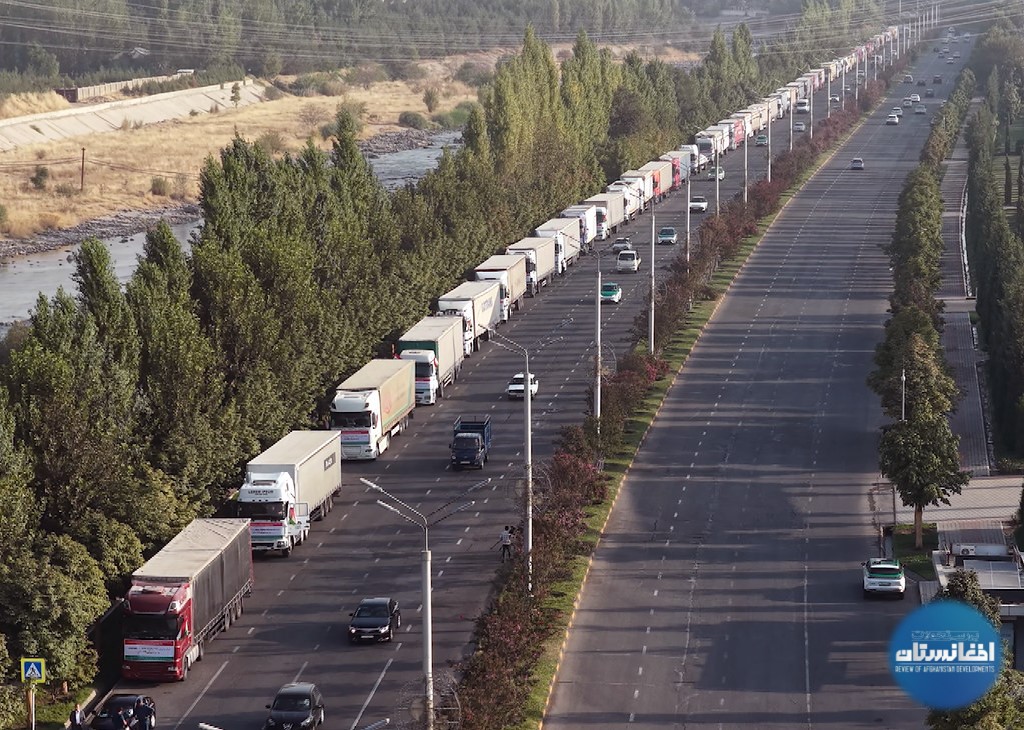
Related Articles
Behind the frequent changes in Taliban officials
The shift in Pakistan’s policy regarding the Taliban
Conclusion
Evidence shows that Dushanbe’s foreign policy towards the Taliban regime is shifting from confrontation to engagement, moving towards regional consensus and collective interests of regional countries rather than acting individually. The reduction of tension in political discourse, humanitarian actions, and emphasis on economic and transit cooperation support a rational and constructive approach to Dushanbe’s foreign policy towards Afghanistan. This approach, while safeguarding Tajikistan’s national interests, strengthens the capacities for regional cooperation and sustainable development in Afghanistan and neighboring countries, and provides vast economic opportunities.
Follow us on social media
X Facebook
